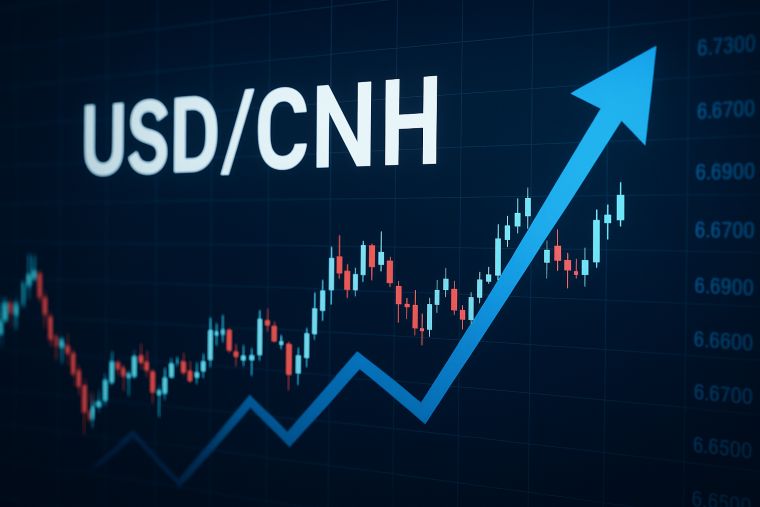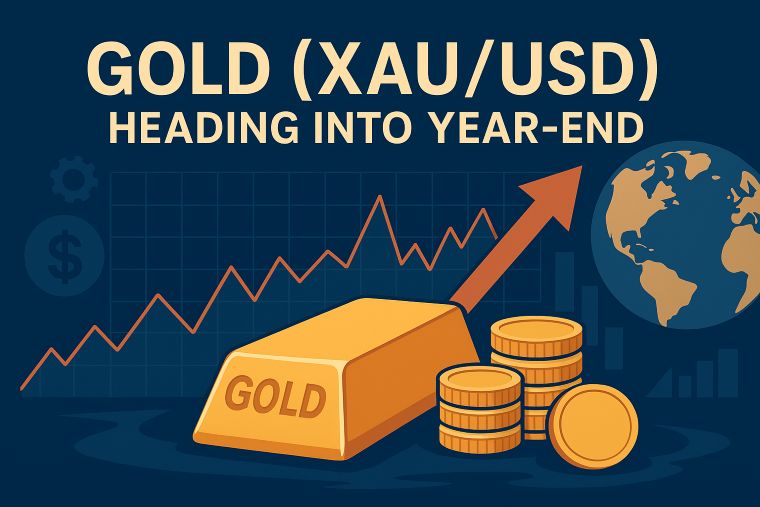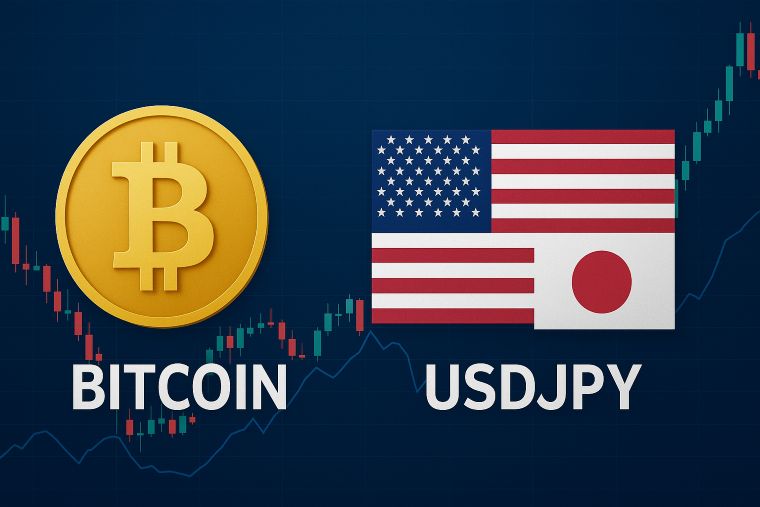2 min to read
Trading CNH vs CNY on XM
RMB Explained and 2025 Outlook

Trading CNH vs CNY on XM: RMB Explained and 2025 Outlook
Introduction
The Chinese renminbi (RMB) plays a central role in today’s global forex market. Yet, traders face a unique challenge: the currency exists in two tradable forms — CNY (onshore yuan) and CNH (offshore yuan). For XM traders, understanding this distinction is essential when analyzing USD/CNH opportunities.
What Are CNY and CNH?
- CNY (onshore yuan): The official currency within mainland China, strictly managed by the People’s Bank of China (PBoC). Trading is regulated, with daily central parity fixing and capital controls.
- CNH (offshore yuan): The freely traded version of the RMB in offshore centers such as Hong Kong and Singapore. Its price reflects international sentiment, liquidity, and global flows.
For forex traders, USD/CNH is the instrument most commonly available on brokers like XM.
Why Do CNY and CNH Differ?
- Capital controls: Restrictions on capital movement mean CNY and CNH can diverge.
- Policy influence: The PBoC manages onshore rates, while CNH reflects market forces.
- Market sentiment: Offshore yuan prices often react more quickly to geopolitical news and global risk appetite.
RMB Outlook for 2025
Key Drivers:
- Geopolitics: US-China trade frictions and tariff disputes remain a headwind.
- Chinese economy: Slower exports and weaker corporate confidence weigh on RMB flows.
- PBoC policy: Beijing pushes for RMB internationalization while maintaining tight controls domestically.
- Global rate environment: A strong USD and wide interest rate differentials add depreciation pressure.
As of September 2025, USD/CNH trades in the low-7s, with markets sensitive to both PBoC fixes and global headlines.
Trading RMB on XM
- Instruments: XM lists USD/CNH as a tradable CFD on MT4/MT5.
- Liquidity: Spreads are wider than majors; expect higher volatility around data releases.
- Swap & rollover: Overnight charges differ for CNH; always check XM’s swap rates.
- Margin: XM’s calculators allow precise position sizing for CNH exposure.
Scenarios for Traders
- Base case: Range-bound USD/CNH as trade flows stabilize.
- Risk-off: Escalating US-China tensions push CNH weaker.
- Stimulus case: Chinese fiscal or monetary easing supports CNH appreciation.
Prudent risk management is crucial: position sizing, stop-loss discipline, and awareness of geopolitical news flow.
Conclusion
The dual structure of the RMB makes CNH a unique instrument for forex traders. On XM, CNH exposure offers access to China’s macro story, but also demands careful monitoring of spreads, swap costs, and PBoC policy. In 2025, with geopolitical risks elevated and China’s economy in transition, trading CNH requires discipline, research, and adaptive strategies.
Visit XM Official Website.

